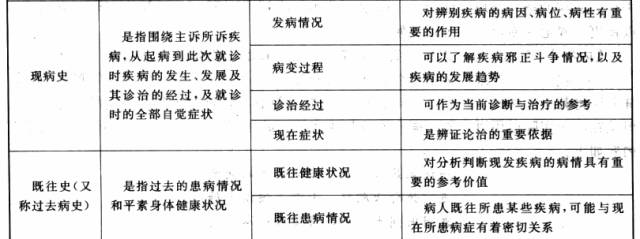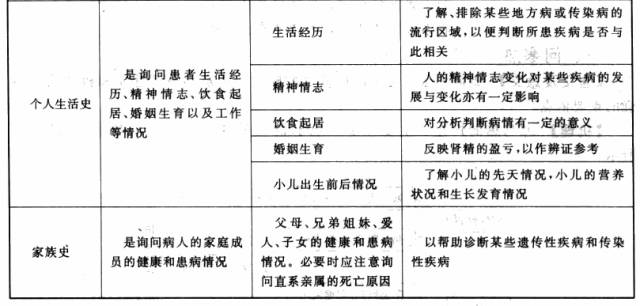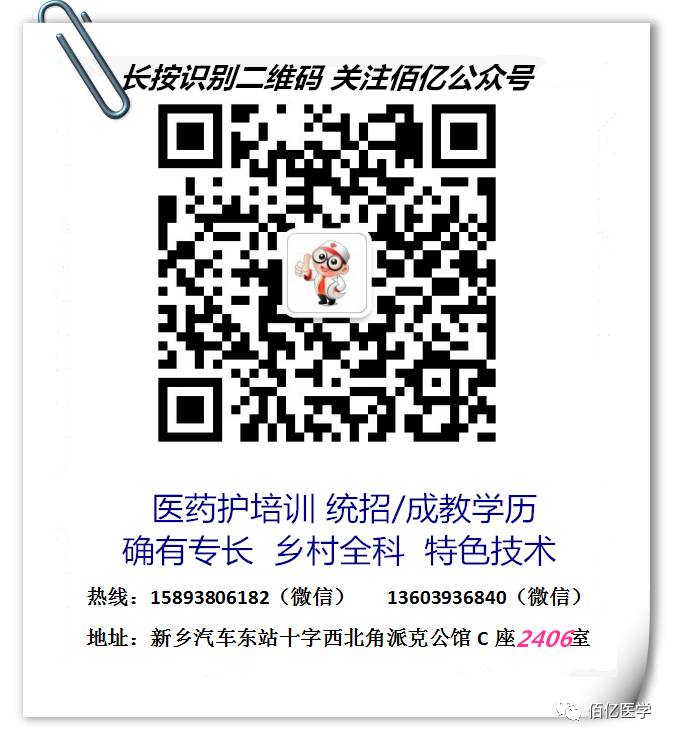
TCM Diagnosis • Inquiry
Overview
【Meaning】 Inquiry is a method by which the physician purposefully and systematically questions the patient or accompanying person to understand the occurrence, development, treatment process, current symptoms, and other disease-related situations, as a means of diagnosing the disease.
【Evolution】 The Huangdi Neijing (Yellow Emperor’s Inner Canon) laid the foundation for inquiry, which has been continuously supplemented by physicians throughout the ages, gradually improving its methodology. In the Ming Dynasty, Zhang Jiebin created the Ten Questions Song for clinical application. In the Qing Dynasty, Yu Jiayan’s Yuyi Cao established a format for writing medical cases, detailing general items for inquiry, current medical history, past medical history, etc., which closely resembles the content of modern TCM medical records.
1. Purpose, Significance, and Methods of Inquiry
“
1. Purpose of Inquiry
(1) To fully collect information closely related to differential diagnosis that cannot be obtained through the other three diagnostic methods.
(2) Through conversation with the patient, to understand the patient’s mental state and psychological dynamics, gaining the patient’s trust to enhance therapeutic efficacy.
“
2. Significance of Inquiry
Inquiry is an important method for understanding the condition and diagnosing diseases, holding a significant position among the four diagnostic methods. Inquiry lays the foundation for the physician to determine the cause of the disease, analyze the condition, assess the location of the disease, and grasp the nature of the disease. It is necessary for the integration of the four diagnostic methods, for early diagnosis, for a comprehensive understanding of the condition, for discerning the truth from falsehood and identifying the cause of the disease, for fostering a close doctor-patient relationship, helping patients build confidence in recovery, and for providing a general scope for other diagnostic methods, as well as for understanding the patient’s mental state and timely guiding the patient to assist in diagnosis and treatment.
“
3. Methods of Inquiry
(1) Focus on the chief complaint and conduct a comprehensive examination.
(2) Be systematic and flexible, distinguishing between primary and secondary issues.
(3) Combine questioning with discernment to reduce ambiguity.
(4) For critically ill patients, ask concise questions.
“
4. Considerations
(1) Pay attention to attitude.
(2) Consider the occasion and the subject.
(3) Emphasize inquiries about the chief complaint, avoiding suggestions.
(4) Be mindful of language, avoiding medical jargon in questioning.
(5) Be aware of primary and secondary issues and avoid misleading information.
(6) Information from other hospitals can only serve as a reference.
2. Content of Inquiry
The content of inquiry mainly includes general information, chief complaint, current medical history, past medical history, personal lifestyle history, family history, etc., as shown in the following tables.





